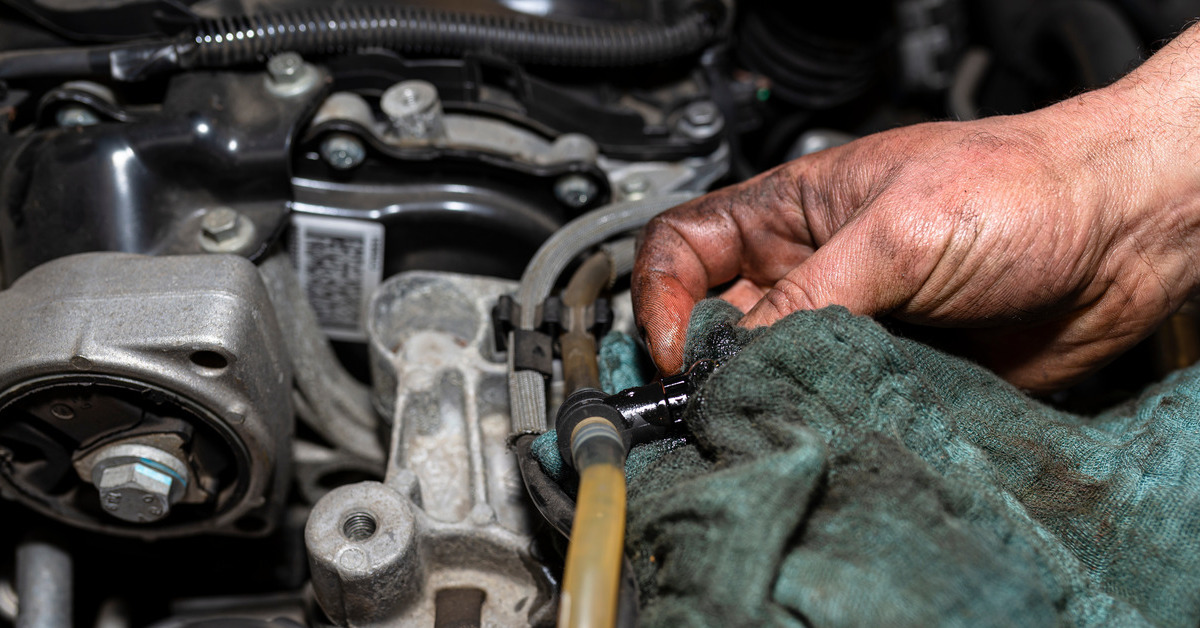If you have a 4Runner and you’ve recently started experiencing some issues that you think are coming from the fuel pump, it may be time to learn how to change it. Changing the fuel pump can seem daunting, but with these 4Runner fuel pump replacement tips, you can successfully change the pump and get your 4Runner driving like new again. With the right tools and knowledge under your belt, fuel pump replacement can be easy!
Gather Necessary Tools and Supplies
The first thing you need to do when changing the fuel pump in your 4Runner is get the necessary tools and supplies you’ll need. The most important things you’ll need typically include:
- A jack
- Jack stands
- Wrenches
- Screwdrivers
- The new fuel pump
Make sure you also have some gloves, safety goggles, and a fire extinguisher on hand for safety. It’s also a good idea to have a clean workspace with adequate lighting. Paper towels or rags are also important so that you can quickly clean up spills or messes.
Locate the Fuel Pump
Along with all the right tools, you need to know where your fuel pump is. Familiarize yourself with the location of the fuel pump in your 4Runner. It’s typically inside the gas tank, which means you’ll need to be prepared to work underneath your vehicle. Consult your vehicle’s manual for specific details and diagrams that can help you identify the exact location. Knowing the precise position can save you time and prevent unwanted roadblocks.
Relieve Fuel System Pressure
Before beginning any work, make sure to relieve the pressure from the fuel system. Disconnect the negative battery cable to prevent any electrical sparks and open the gas cap to release any remaining pressure. This step is crucial to avoid any potential injuries or fuel spraying when you disconnect the pump. Consider letting your engine run for a few minutes before disconnecting the battery so that you can burn off the remaining fuel in the lines.
Access the Fuel Pump
Once you’ve taken care of that part of the puzzle, you can access your fuel pump. A proper inspection means you need to disconnect all hoses and other electrical connections. Pliers or special tools are helpful here, especially when you have stubborn connections. During this step, label your connections so that you can make reassembly easier down the line.
Support the Gas Tank
Before getting into any work, use a jack to support your gas tank while you remove it from its straps or bolts. A secure support will ensure the tank doesn’t fall and break or injure you. Make sure you position the jack correctly to avoid any slippage. Depending on the design of your vehicle, you might need to remove additional components like skid plates or heat shields to gain better access to the tank.
Lower the Gas Tank
After supporting the gas tank, you can lower it while also disconnecting any remaining hoses or electrical components. This step is incredibly important, so take your time—rushing could lead to damaged components. Also, have a container or rag ready to catch any residual fuel that might spill out. If the tank is particularly heavy, consider using a second jack or having an assistant help you guide it down safely.
Remove the Old Fuel Pump
Once you’ve completely removed the gas tank, you can access it and take out the old fuel pump. This process may include unscrewing or unclipping. During this stage in the replacement process, be cautious of any fuel that could spill out. After successfully removing the pump, take some additional time to look inside your tank for signs of rust or debris. You’ll need to address these problems before installing your new fuel pump.

Clean the Area
Before installing the new fuel pump, thoroughly clean the area around it to prevent any debris from entering the fuel system. Use a clean cloth or rag to wipe away any dirt, grime, or oil residues.
Additionally, you can use a mild degreaser to completely remove all contaminants. This step is one of the most important in fuel change replacement, making sure the new fuel pump doesn’t clog or damage other parts of the fuel system. Also, allow everything to dry completely before proceeding with the installation.
Install the New Fuel Pump
Once everything is clean, you can begin installation. Carefully install the new fuel pump, adhering closely to the manufacturer’s instructions if available. Their instructions may include specifics about torque or alignment procedures. A secure position, along with tight connections and seals, make sure that your new fuel pump can operate smoothly without any disruptions or leaks.
Put Everything Back
After the fuel pump is in its place, you can carefully put everything else back in its place, reconnecting all electrical components and hoses to their proper spots and securing the gas tank. Make sure to double-check each connection, making sure they’re in the right place and that you’ve securely fastened and positioned everything.
Next, secure the gas tank back in its place with the appropriate straps or bolts. This step is vital in keeping your 4Runner safe because an improperly secured gas tank can lead to dangerous leaks or even dislodgement during driving if you’re not careful.
Reconnect the Battery and Close the Gas Cap
After everything is in place, you need to close the gas cap and reconnect the battery cable. A closed gas cap restores the necessary pressure in the fuel system. This step is important to ensure that the fuel system has proper sealing and that the 4Runner can operate efficiently.
Test the Fuel Pump
Turn on your 4Runner and allow it to run for a few minutes to ensure that the fuel pump is functioning as expected. Listen carefully for any unusual noises, such as whining or clicking, and check for any visible signs of leaks around the pump area. A diagnostic tool here will also help you check for any error codes that could signal a fuel system problem.

Take a Test Drive
Once everything is working, take your 4Runner for a test drive. Make sure to monitor everything like fuel efficiency and keep an eye out for irregularities. Drive your 4Runner in some situations, like at different speeds or inclines, so you can fully see how everything works with your new fuel pump.
Changing the fuel pump in your 4Runner may seem complicated, but with these detailed tips and some patience, you can successfully complete it. Remember to always prioritize safety, and don’t hesitate to seek professional help. If you need some parts or even just some Toyota 4Runner accessories, let Yota Shop help. With these tips and our help, you’ll be well on your way to restoring your 4Runner’s performance and reliability.

